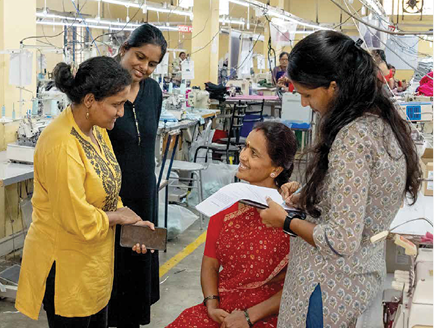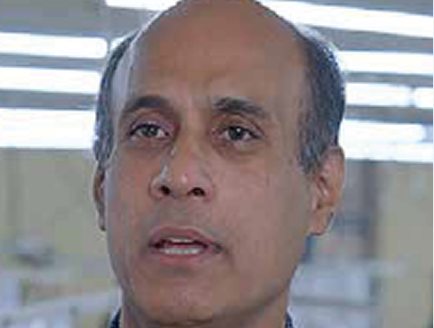
The Health &
Wellbeing Services
at Workplace


Foreword
Introduction
A playbook includes “process workflows, standard operating procedures, and cultural values that shape a consistent response—the play.” It borrows from some of the Aristotelian elements of the play-
Plot: The arrangement of events or incidents on the stage. The plot is composed of “clearly defined problems for characters to solve.”
Character: The agents of the plot. The People.
Theme: The reason for the play. The Purpose.
3 of the 6 Aristotelian elements of the play
Imagine a blueprint you can hold, guiding you through the complexities of constructing an interesting narrative—a playbook. In this guide, the Plot unravels like a thrilling puzzle consisting of well-defined problems faced by the characters, which will have you on your toes. Then we have Characters who are the driving force behind any story, who act as the agents of the play. Finally, the Theme represents play’s essence, which is its underlying purpose or message that causes contemplation and empathy for the viewers. These three elements—Plot, Character, and Theme—are among six Aristotelian elements for making a play interesting and unforgettable.

This Health & Wellbeing Services at Workplace playbook is designed for a diverse audience, including employers, managers, human resources professionals, and employees within an organization. The playbook serves as a comprehensive guide and resource to promote and enhance health and wellbeing in the workplace. Here is how it can be used to help each type of user:
Employers and Business Owners:
The playbook provides guidance for business leaders on creating a healthy work environment, implementing wellness programs, and understanding the benefits of investing in employee health.
Managers and Supervisors:
For individuals overseeing teams, the playbook offers insights into how to support employee wellbeing, manage work-related stress, and foster a positive work culture.
Human Resources (HR) Professionals:
HR professionals can use the playbook to design and implement health and wellness initiatives, address employee concerns related to health, and develop policies that support a healthy work-life balance.
Employees:
The playbook may include resources and information for employees to better understand and take advantage of wellness programs, manage stress, and prioritize their health in the workplace.
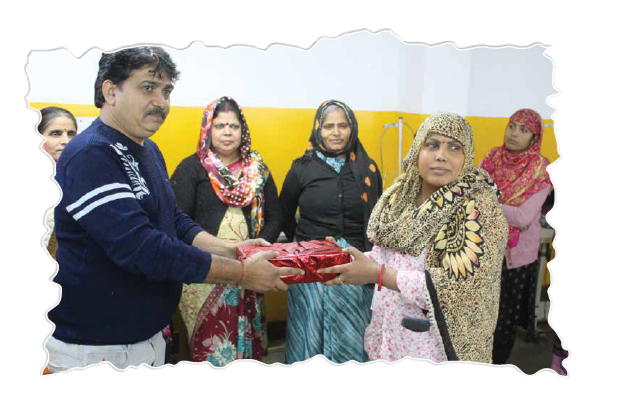
Occupational Health and Safety Teams:
Professionals responsible for ensuring workplace safety and health standards can use the playbook to integrate health promotion strategies into existing occupational health and safety programs.
Health and Wellness Committees:
Organizations often establish committees focused on health and wellness. The playbook can serve as a valuable resource for these committees to plan and execute initiatives that enhance employee wellbeing.
Public Health Advocates:
Those advocating for public health and workplace health policies can use the playbook to gather evidence-based strategies and best practices to promote health in various occupational settings.
Consultants and External Advisors:
External advisors or consultants specializing in workplace health and wellbeing may find the playbook useful in guiding organizations to implement effective strategies.
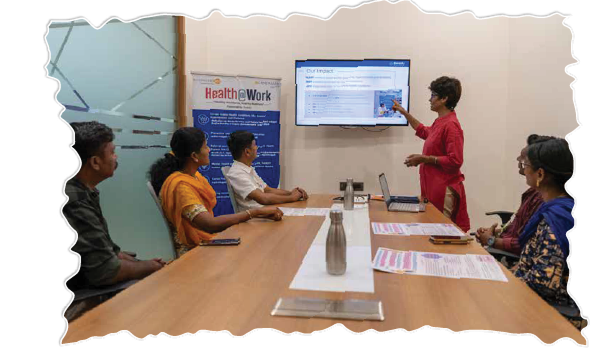
Government Agencies and Policymakers:
The playbook may also serve as a reference for government agencies and policymakers interested in promoting occupational health and developing regulations to ensure healthier work environments on a broader scale.
Overall, the playbook aims to be a versatile tool that caters to the needs of diverse stakeholders involved in creating a healthier and more productive workplace.
A workplace health program typically involves collaboration and contributions from various individuals and entities to ensure comprehensive and effective implementation. The key people involved in a workplace health program may include:
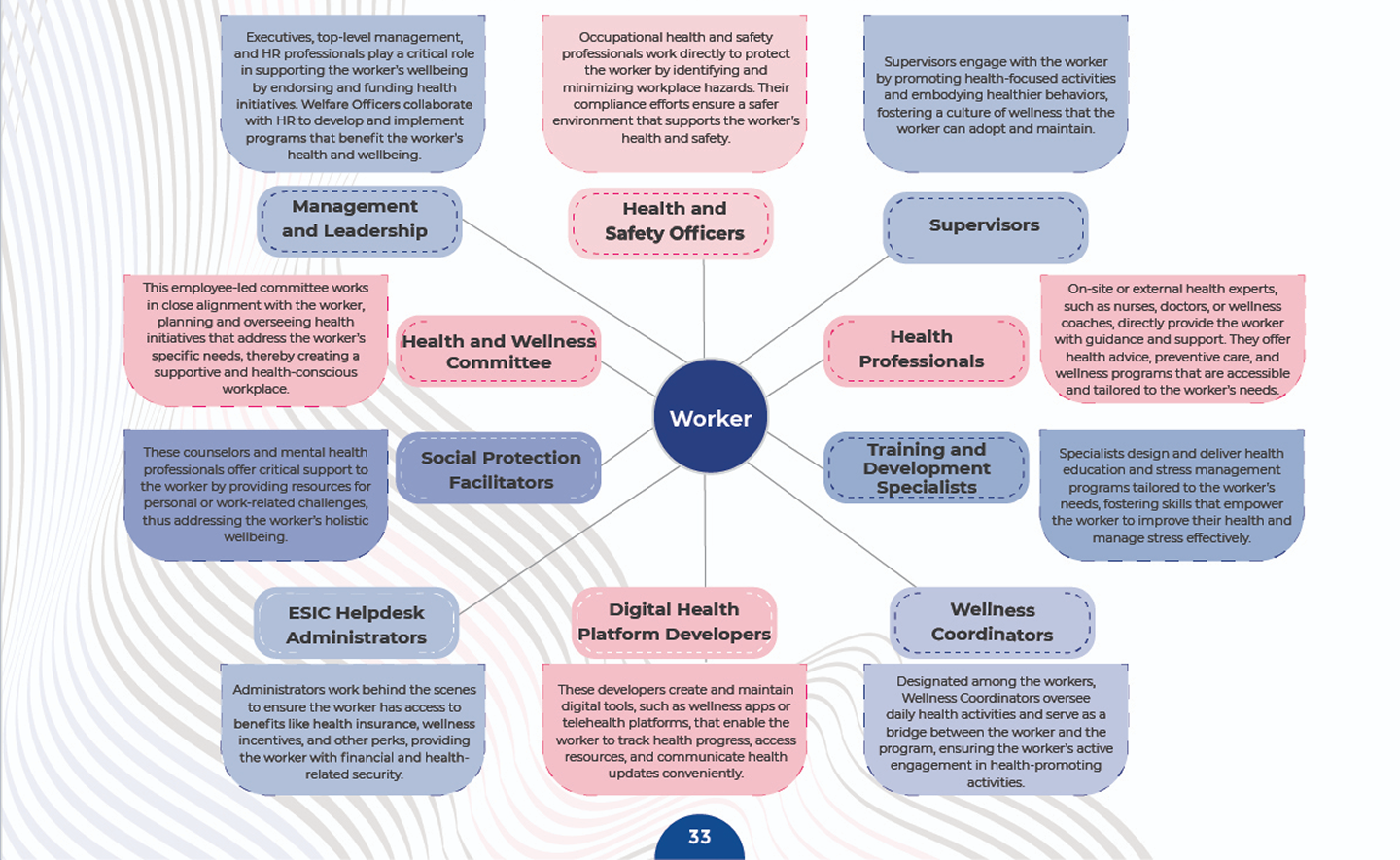
While we have understood the roles of the people directly involved in the workplace health program, it’s crucial to recognize the role of Primary Healthcare Centres (PHCs) as extensions of this program. For cases that are more serious or require specialized expertise for diagnosis and treatment, the health and wellness committee should refer the employee to a PHC for appropriate care. Referring workers to PHCs requires careful consideration of factors such as location, regulatory frameworks, and existing healthcare infrastructure. Factories can adopt various approaches to facilitate these referrals:
Direct Referral:
Indirect Referral:
Notes: ESIC*: ESIC - Employees State Insurance Corporation is India's social security body offering medical benefits, cash allowances, and maternity leave to factory workers and their families.
India's 30,000+ Primary Health Centres (PHCs) offer basic healthcare, vaccinations, and maternal care in rural and urban areas. PHC services are now being expanded for PHCs to be able to offer Comprehensive Primary Healthcare. Factories can refer workers to the PHCs.
For small factories, roles should be adjusted to focus on essential, cost-effective solutions that leverage existing staff and external partnerships while keeping the worker at the centre.
Workers: All workers who actively participate in the program by engaging in health-promoting activities and adopting healthier behaviors.
Management and Leadership (HR): Endorse health initiatives and ensure workers have access to affordable health resources, like local healthcare partnerships or online wellness platforms.
Supervisors: Serve as wellness champions by modeling healthy behaviors, promoting breaks, and fostering a health-conscious workplace culture.
Employee-Led Health and Wellness Committee: Organize low-cost wellness activities, such as walking breaks or stress-relief exercises, and gather employee feedback on their health needs.
External Health Professionals: Partner with local healthcare providers for occasional check-ups or provide access to telemedicine services for basic health advice.

Social Protection Facilitators (Mental Health Support):Work with communitybased counselors to offer basic mental health support, either remotely or inperson when needed.
Digital Health Platforms and Telehealth Services: Use affordable apps to promote wellness, track basic health metrics, and provide easy access to virtual healthcare consultations, including telehealth services for remote medical advice and care.
Wellness Coordinators: Appoint a worker as a wellness coordinator to help organize health-related activities, such as fitness challenges or relaxation breaks.
This approach helps small factories implement a practical, low-cost workplace wellbeing program by leveraging existing resources and affordable external partnerships.
Legend
